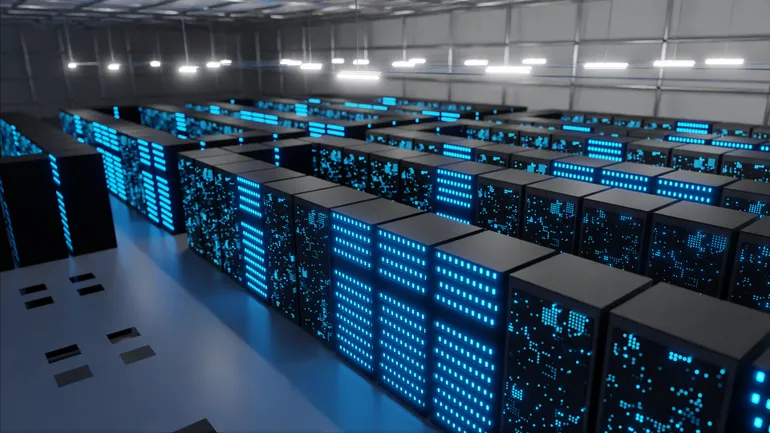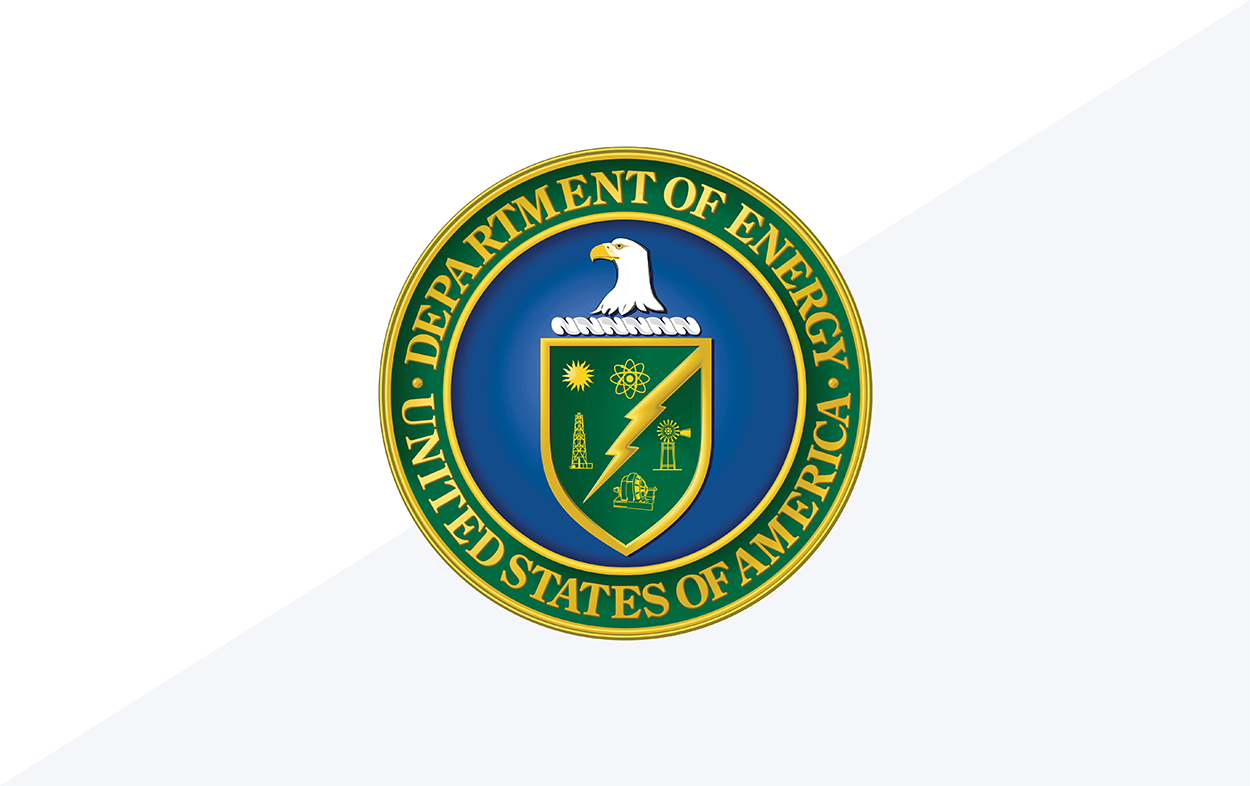
Electric load growth associated with artificial intelligence and data center expansion will drive U.S. utility risk and opportunity in the coming years, with a few power companies in particular poised to profit in 2025, according to a Tuesday research note from Bank of America Global Research.
“Data centers and other large industrial loads should play an important role in 2025, continuing the trend from 2024,” BofA analysts said. “A differentiation in valuation should occur between those companies that can increase earnings growth related to large load related capital investments versus those who do not.”
U.S. electricity demand could rise 128 GW over the next five years, driven by data centers and manufacturing growth, according to a December report from Grid Strategies. And Bain & Co., in an October analysis, warned U.S. utilities are facing “potentially overwhelming demand” from the trend.
BOA’s research note highlighted near-term opportunities for Pacific Gas & Electric, NorthWestern Energy Group and Constellation Energy Group.
For PG&E, “data center opportunities are real in 2025, with a release of the current cluster study for 4.4GWs of large load early in the new year,” BOA said. “We believe the northern [California] model of building normal back up generation to serve the grid at non-peak times is unique, given limited peak resource usage within [the utility’s] service territory.”
“Customer bills remain a priority and we see the California regulatory environment as constructive,” analysts added. PG&E is expected to make a cost of capital filing in March and submit its next general rate case in May, according to BOA.
NorthWestern Energy Group, in December, announced a letter of intent to provide energy services to a developer planning new data centers in Montana, BOA noted. “The new load from the data centers is expected to be a minimum of 50 MWs in 2027, with growth to 250 MWs or more by 2029.”
And Constellation New Energy, a part of Constellation Energy Group, announced almost $1 billion in contracts for nuclear power delivery and energy services with the U.S. government on Jan. 2.
“We believe that this is a precursor to data center announcements,” BOA said. “We believe more data center announcements are forthcoming as the Federal Energy Regulatory Commission clarifies the parameters for rules to connect large co-located loads in PJM [Interconnection] early in 2025.”
But BOA analysts also noted the high demand growth projections “bring longer term risks.”
“The experience of the decade to the mid-1980’s is a rough guide to these risks,” according to the research note.
The U.S. built more than 200 GW of coal-fired capacity in the two decades leading up to 1987, according to Montana-based Headwaters Economics.
“Eventual overbuild of supply resources that are highly capital intensive into less than projected demand” can raise capital costs, drive bill increases and threaten investment recovery, BOA said. “While these outcomes are unlikely in 2025, we do see lessons of what risks to watch for in the longer term.”
Electricity demand from data centers and artificial intelligence could be a boon to the electric sector, Jim Robb, president of the North American Electric Reliability Corp., said in a June discussion hosted by the United States Energy Association. But Robb also said he doubts all of the load growth being forecast today will materialize, as both AI-enabling chips and algorithms become more efficient.
“We saw this with the internet,” Robb said, “In the 90s and early 2000s we had similar concerns around electricity demand that largely didn’t actually occur because the chips got better, the algorithms got better. We will see something similar happen with the AI chips … We’re going to see load growth, but it’s probably not as dramatic as we think right now.”




















